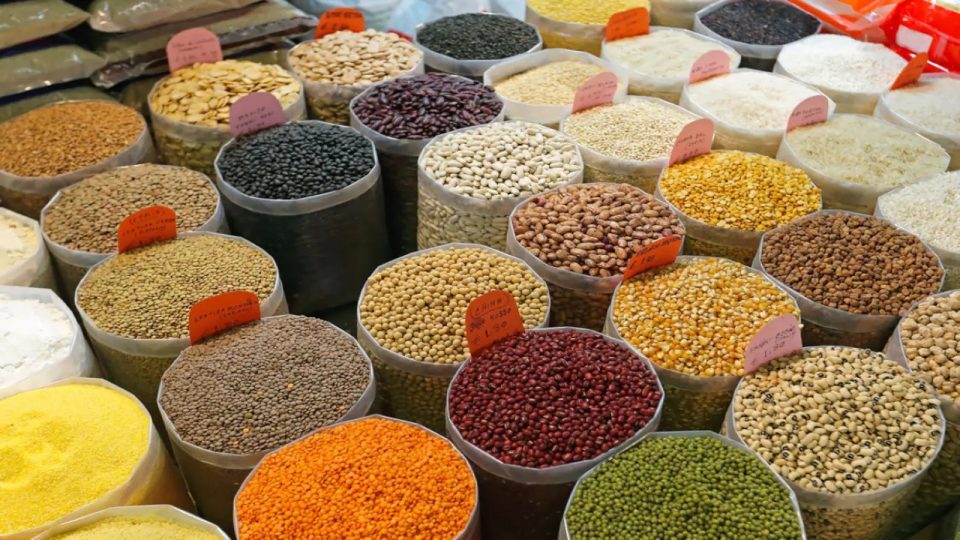Government data showed that food prices continue to remain elevated despite India’s retail inflation rate easing slightly in April due to lower fuel prices.
The annual retail inflation rate (INCPIY=ECI) for April was 4.83%, down from 4.85% for March.
In April, there was an 8.70% increase in food inflation, up from an 8.52% increase in March. Approximately half of the whole consumer price basket is made up of food inflation. Food inflation has increased annually by more than 8% since November 2023.
Inflation on cereals increased to 8.63% from 8.37% in the previous month and in pulses to 16.84% from 17.71% in March. Vegetable prices went up by 27.8% in April.
According to the most recent Reserve Bank of India (RBI) bulletin, food prices continue to be a concern for India’s inflation trajectory in light of the country’s current heatwave in certain regions.
Although the anticipated threat from a severe heatwave has so far not played out in a disruptive manner, food price pressures need to be monitored closely due to their inherent volatility.
After dropping by 3.24% in March, fuel and electricity prices dropped by 4.24% in April.
Despite modest core inflation, the RBI kept its benchmark interest rate unchanged at its most recent policy meeting, which was conducted for the seventh straight month. The RBI intends to reduce rates only once inflation consistently reaches 4%.
The country’s main opposition Congress has promised numerous financial giveaways to improve the situation, and two of its main platform topics in the current national election are high food prices and rural poverty.
To maintain control over the rise in food prices As prices have risen, Prime Minister Narendra Modi, who is seeking an unusual third term in office, has prohibited the export of onions, wheat, and rice in an attempt to curb local inflation.
India relaxed its export prohibition on onions earlier this month in advance of important onion-growing regions holding elections.





